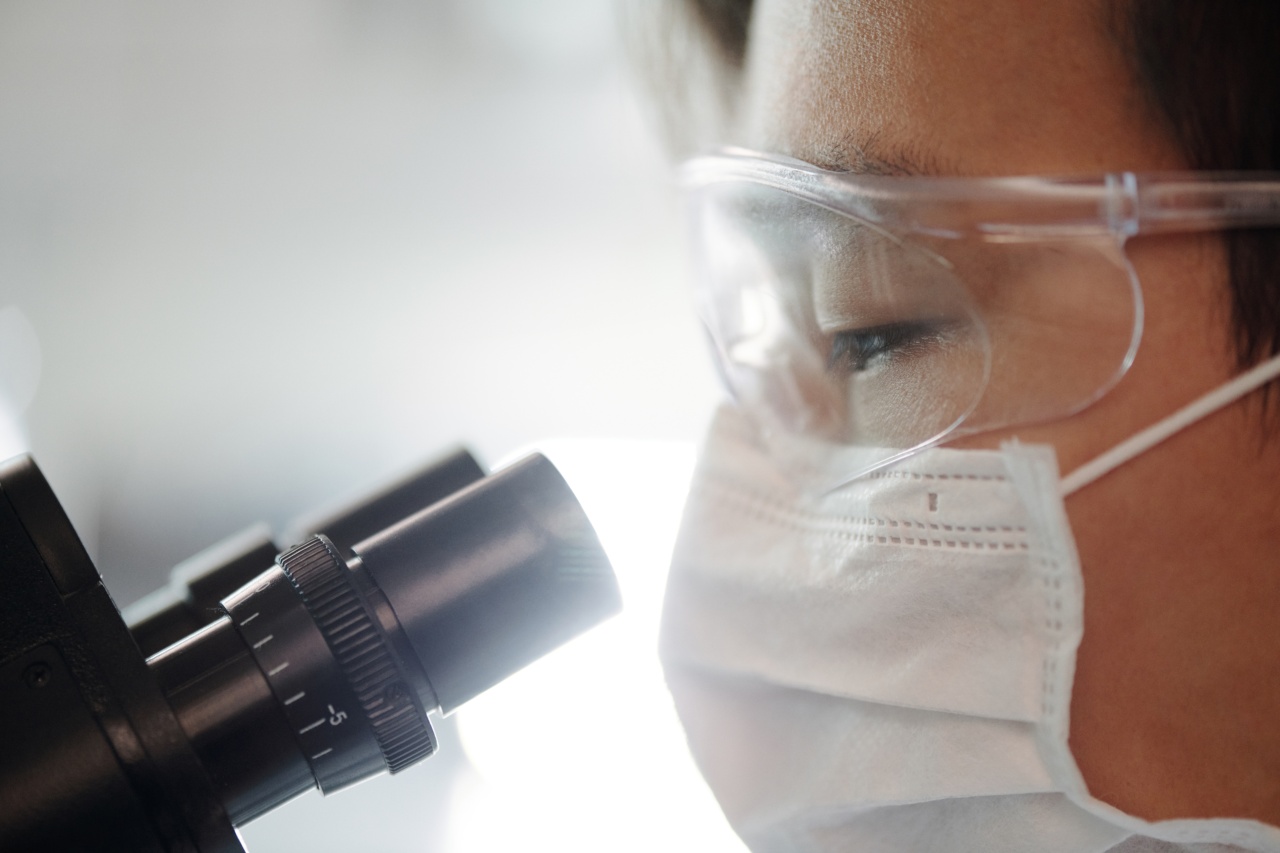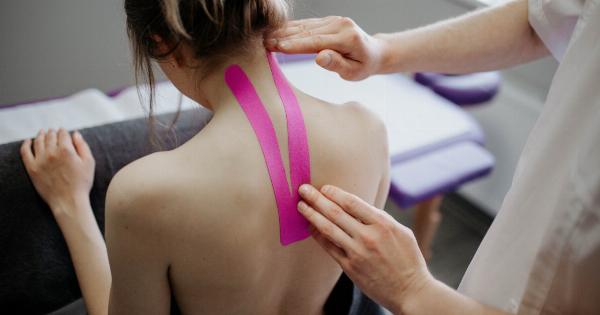Spinal diseases are conditions that affect the spine, which is the backbone that provides support to the body and protects the spinal cord.
These conditions can cause pain, limited mobility, and other symptoms that can affect a person’s quality of life. In this comprehensive guide, we will discuss the diagnosis and treatment of various spinal diseases.
Anatomy of the Spine
The spine is composed of 33 individual bones called vertebrae. These vertebrae are organized into five regions, including the cervical (neck), thoracic (chest), lumbar (lower back), sacrum, and coccyx (tailbone).
The vertebrae are separated by intervertebral discs that act as shock absorbers.
Common Spinal Diseases
There are several spinal diseases that can affect the spine. Some of the most common ones include:.
Herniated Disc
A herniated disc occurs when the inner gel-like substance of the intervertebral disc pushes through the tough outer layer and irritates nearby nerves. This can cause pain, weakness, and numbness in the affected area.
Spinal Stenosis
Spinal stenosis is a condition that causes the spinal canal to narrow, which can put pressure on the spinal cord and nerves. This can cause pain, weakness, and numbness in the arms and legs.
Spondylolisthesis
Spondylolisthesis is a condition in which one of the vertebrae slips out of place and presses on the spinal nerves. This can cause pain and numbness in the legs, as well as difficulty standing and walking.
Scoliosis
Scoliosis is a condition in which the spine curves to the side, resulting in an abnormal posture. This can cause back pain, as well as difficulty breathing and other complications.
Diagnosis
To diagnose a spinal disease, a doctor will usually perform a physical exam and take a medical history. They may also order imaging tests, such as X-rays, CT scans, or MRI scans, to get a better look at the spine and identify any abnormalities.
Treatment
The treatment for a spinal disease depends on the specific condition and its severity. Some common treatments include:.
Physical Therapy
Physical therapy can help strengthen the muscles surrounding the spine and improve mobility. Additionally, physical therapy can help reduce pain and inflammation in the affected area.
Medications
There are several medications that can help relieve pain and reduce inflammation, including nonsteroidal anti-inflammatory drugs (NSAIDs), muscle relaxants, and corticosteroids.
Surgery
Surgery may be necessary in cases where other treatments have not been effective or the spinal disease is severe.
The type of surgery will depend on the specific condition, but may involve removing a herniated disc, fusing vertebrae together, or decompressing the spinal cord.
Prevention
While some spinal diseases cannot be prevented, there are several things you can do to keep your spine healthy, including:.
Exercising regularly
Regular exercise can help strengthen the muscles supporting the spine, as well as improve flexibility and range of motion.
Maintaining good posture
Good posture can help distribute weight evenly across the spine and reduce the risk of developing spinal problems.
Eating a healthy diet
A healthy diet that includes plenty of calcium and vitamin D can help keep bones strong and reduce the risk of developing osteoporosis, which can lead to spinal fractures.
Conclusion
Spinal diseases can have a significant impact on a person’s quality of life, but with proper diagnosis and treatment, many people can manage their symptoms and improve their overall health.
If you are experiencing back pain or other spinal symptoms, talk to your doctor to get an accurate diagnosis and explore treatment options.























